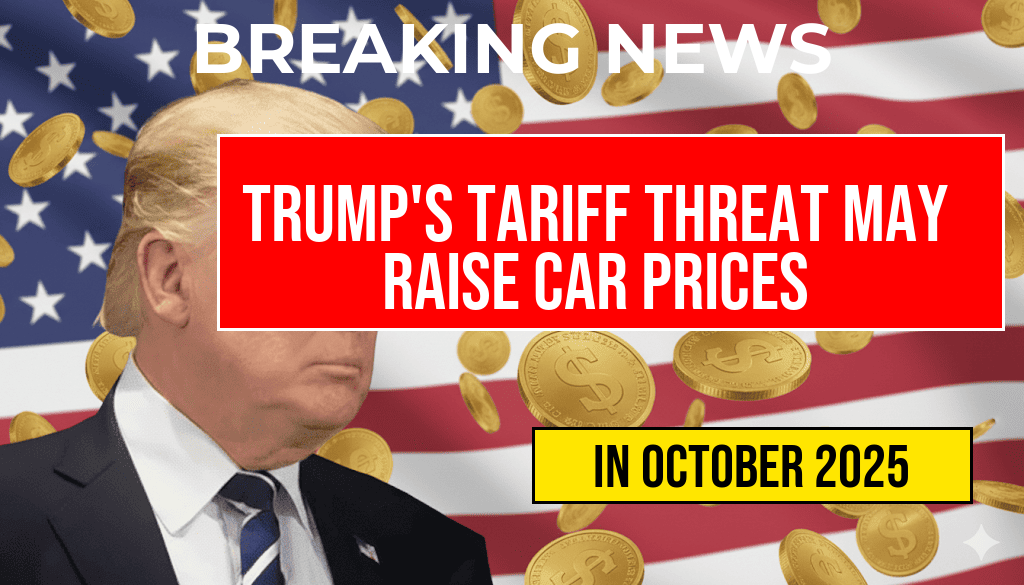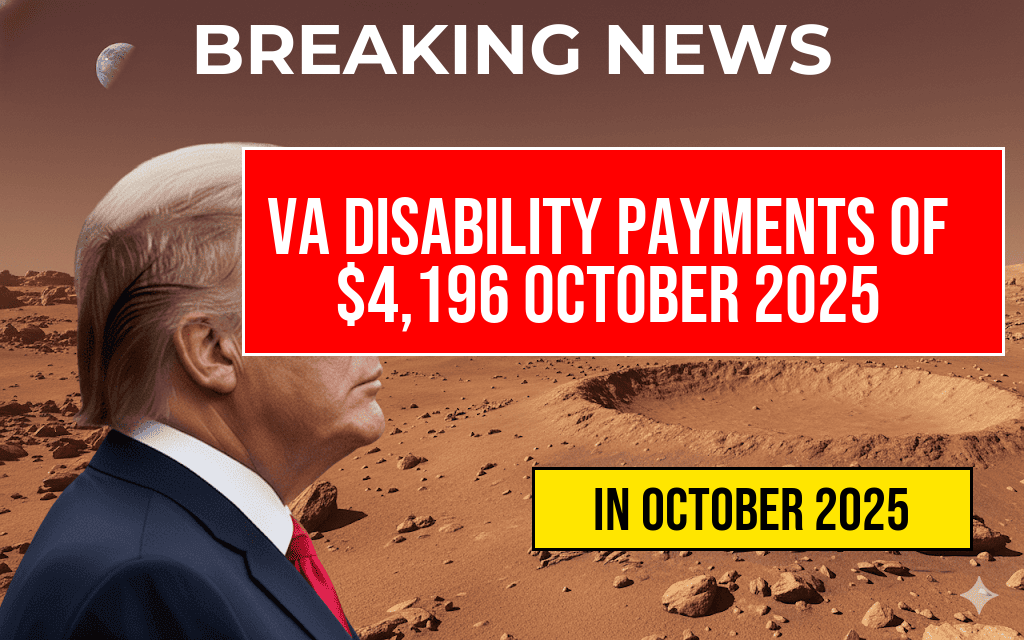Automakers and consumers are bracing for potential upheaval in the vehicle market as President Donald Trump considers reinstating tariffs on imported cars and auto parts. Experts warn that such a move could inflate vehicle prices by as much as $5,286 per unit, significantly impacting affordability and sales. The proposed tariff increase follows a period of trade negotiations and disputes centered around global supply chains, with the U.S. government emphasizing national security and economic competitiveness. If enacted, the tariffs could reshape the landscape of the automotive industry, influencing manufacturing costs, consumer choices, and the broader economy. Industry analysts are closely monitoring developments, noting that this policy shift may have ripple effects extending beyond the automotive sector, affecting trade relationships and international markets.
Background on Tariff Policies and Automotive Imports
Tariffs are taxes levied on imported goods, designed to protect domestic industries and influence trade balances. Historically, the U.S. has implemented tariffs on various products, but automotive imports have been a focal point due to their significant economic footprint. According to data from the Wikipedia page on the U.S. automobile industry, imports account for roughly 40% of vehicles sold domestically, with countries like Japan, Germany, and Mexico serving as major suppliers.
During the Trump administration, tariffs on steel and aluminum, along with threatened auto tariffs, spurred fears of increased costs across manufacturing sectors. While some tariffs were rolled back, the possibility of reinstating or expanding auto tariffs remains a contentious issue, with critics warning of adverse effects on consumers and the broader economy.
Estimated Impact on Vehicle Pricing
According to recent analyses by industry economists, a proposed tariff increase of 25% on imported vehicles and vehicle parts could lead to an average price hike of $3,000 to $5,286 per vehicle, depending on the make and model. This projection considers current import prices, manufacturing costs, and the potential pass-through of tariffs to consumers. For context, the average new car price in the United States was approximately around $48,000 in 2023.
| Category | Estimated Price Increase |
|---|---|
| Compact Cars | $2,500 – $3,500 |
| SUVs and Crossovers | $4,000 – $5,286 |
| Luxury Vehicles | $5,286 and above |
This potential escalation in vehicle costs could further strain consumers already facing inflationary pressures and rising interest rates, possibly curbing new vehicle sales and shifting demand toward used cars or alternative transportation options.
Industry and Consumer Reactions
Automakers have expressed concern over the possibility of renewed tariffs, warning that increased costs could force them to raise prices, reduce profit margins, or delay new model launches. Ford and General Motors issued statements emphasizing the importance of stable trade policies, citing that tariffs could lead to higher consumer prices and disrupt supply chains.
On the consumer side, increased vehicle prices threaten to make new cars less accessible, especially for first-time buyers and lower-income households. Automotive analysts predict that higher costs may slow down the overall market, with some buyers postponing purchases or turning to used vehicles as more affordable alternatives.
Trade experts, such as those at Forbes, suggest that the tariff threat could also provoke retaliatory measures from trading partners, complicating negotiations and potentially leading to a broader trade war. Such conflicts could impact global supply chains, especially for parts and components that are heavily reliant on international sourcing.
Potential Economic and Trade Implications
The reintroduction or escalation of tariffs on vehicles risks creating a ripple effect across multiple sectors. Increased costs for automakers may lead to higher prices for other industries that depend on automotive manufacturing, such as steel, electronics, and logistics. Additionally, consumer spending in the automotive sector could decline, affecting employment and economic growth in regions heavily dependent on manufacturing jobs.
Trade experts warn that these policies could also influence international relations, particularly with key trading partners. Countries like Japan, Germany, and Mexico have already voiced concerns about the potential impact on their exports to the U.S., which could ignite retaliatory tariffs and further complicate diplomatic relations.
For a detailed overview of current trade policies and their implications, the Wikipedia page on trade wars offers comprehensive background information.
What Consumers and Industry Stakeholders Should Watch
- Policy Announcements: Official statements from the White House and the U.S. Trade Representative will clarify whether tariffs will be reinstated or increased.
- Market Responses: Automakers’ pricing strategies and potential shifts in supply chain logistics could signal how the industry is planning to adapt.
- International Reactions: Retaliatory measures from trade partners could influence global automotive markets and supply chains.
- Economic Indicators: Consumer confidence, vehicle sales data, and inflation rates will provide insight into the broader economic impact of tariff changes.
Consumers considering new vehicle purchases should stay informed through official channels and automotive news outlets to understand how potential policy shifts might influence prices in the coming months.
Frequently Asked Questions
What is the main concern regarding Trump’s tariff threat on new cars?
The primary concern is that Trump’s tariff threat could lead to an increase in vehicle prices by up to $5,286, making new cars more expensive for consumers.
How might tariffs impact the overall cost of new cars?
Tariffs on imported vehicle parts and cars can raise production costs for automakers, which may be passed on to consumers, resulting in higher retail prices.
Which vehicles are most likely to be affected by these tariffs?
Imported luxury and mainstream vehicles from countries like Mexico and Canada could see the most significant price increases due to increased tariffs on auto imports.
Could these tariffs impact the auto industry overall?
Yes, increased tariffs may lead to higher production costs, potential job losses, and decreased industry competitiveness in the global market.
What can consumers do to prepare for potential price increases?
Consumers may consider purchasing their vehicles sooner rather than later, or exploring domestically-produced options, to avoid future price hikes.



